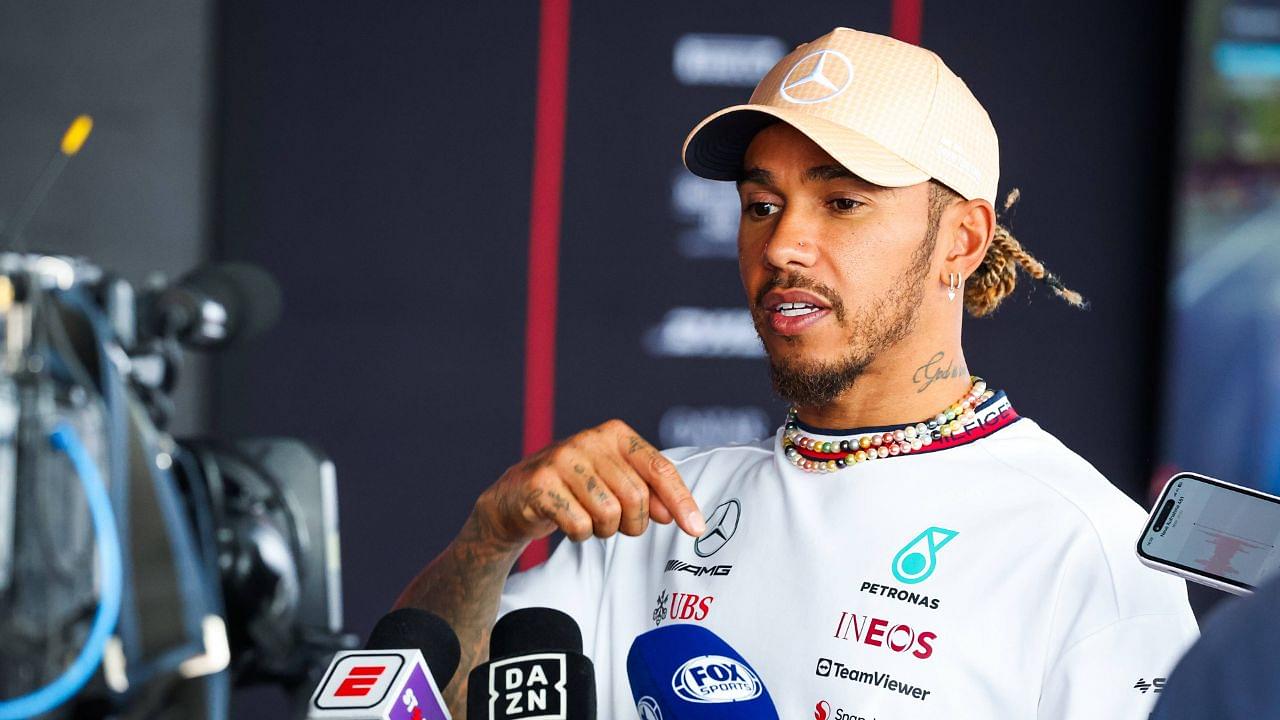Mercedes arrived in 2024 with immense hope after their massive overhaul in concept with the W15. However, the Silver Arrows do not seem to have met their expectations, considering how they performed in the first two races. The W15 not only seems to be slower than the RB20 but also seems to lack pace as compared to the SF-24 and MCL38. Despite the same, Lewis Hamilton believes the W15 has immense potential.
While speaking ahead of the Australian GP, Hamilton began by explaining how trying different set-ups cost the team in Bahrain and Saudi Arabia. The 39-year-old then added, “It’s definitely not the evil sister or anything like that. I do think we have an amazing car and has a lot of potential in it. I think we just haven’t maximized it at the moment.”
Back up and running ⚙️ pic.twitter.com/se96US99LX
— Mercedes-AMG PETRONAS F1 Team (@MercedesAMGF1) March 21, 2024
Hamilton was asked the question about the “evil sister” as it was he who gave this term while referring to last year’s W14. In one of the episodes of Netflix’s Drive to Survive, Hamilton said that the W14 was the evil sister of W13 when it comes to unpredictability, performance, and difficulty in driving.
Although Hamilton believes that the W15 is a much better car than its predecessor, he still has not been particularly happy with the pace of it during the high-speed corners. And the Australian GP track does feature several of those, something that could prove to be tricky for Mercedes.
The Silver Arrows used an interesting set-up during the Saudi Arabian Grand Prix two weeks ago as they opted for a low downforce setting. While such a set-up helped the W14 be incredibly quick down the straights, the car did struggle for grip in the corners.
Lewis Hamilton’s struggles against Lando Norris exposed W15’s weaknesses
The new W15 has improved rear stability, but at the same time, it struggles in the high-speed corners. This goes on to show that the Mercedes challenger still has fundamental issues that the team needs to fix.
The W15 is relatively faster on the straight line than its predecessor, but with that, the aerodynamic instability at high speed still persists. This was clearly visible throughout the Saudi Arabian GP race when the Silver Arrows faced issues with rapid direction changes.
This was evident as Hamilton had better pace than McLaren’s Lando Norris during the straights. However, the 39-year-old driver couldn’t convert the advantage he received from the straights to finish ahead of the McLaren driver because of the time he lost in the corners.
As a result, Norris ended up finishing the race in P8, two seconds ahead of Lewis Hamilton. Norris’ McLaren not only had a decent straight-line speed but was also incredibly quick in the corners.
Mercedes’ technical director James Allison revealed that after watching Hamilton’s struggles to keep Norris behind, they learned where they lacked in comparison to McLaren. Hamilton will now hope that Mercedes can use these learnings to improve the pace of the W15, which he believes has a lot of potential.








